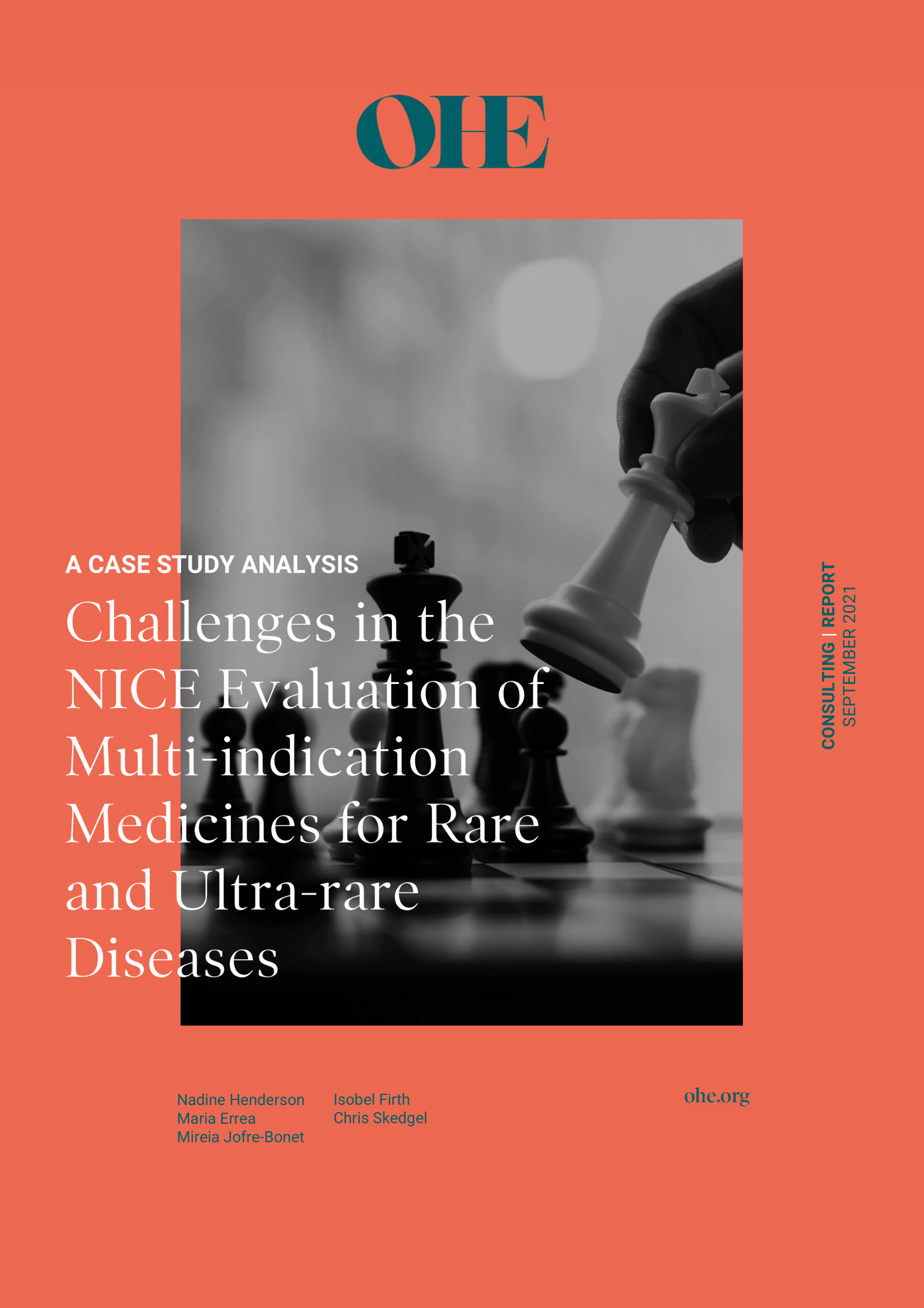Sign up to our newsletter Subscribe
Analysing Global Immunisation Expenditure

The measurement of quality of life in the context of spinal muscular atrophy (SMA) is challenging. This is because the disease is experienced by children and is rare, which makes data collection difficult. This Briefing reports on a symposium that outlined some lessons that can be learnt from the SMA context that might be more widely applicable.
The measurement of quality of life in the context of spinal muscular atrophy (SMA) is challenging. This is because the disease is experienced by children and is rare, which makes data collection difficult. This Briefing reports on a symposium that outlined some lessons that can be learnt from the SMA context that might be more widely applicable.
Where evidence is lacking for new treatments, because of practical or methodological difficulties, there is a risk that patients remain unable to access cost-effective care. We identify a variety of ways in which current approaches to the measurement of quality of life in SMA may be inadequate. For example, it is unlikely that existing measures of health-related quality of life capture all that is important to patients and caregivers.
Based on the discussion, we highlight four possible strategies for improving the quantity and quality of data available to inform decisionmakers in the context of rare diseases:
New approaches to research could facilitate health technology assessment processes and improve patients’ access to cost-effective treatments for rare diseases.
How Should We Measure Quality of Life Impact in Rare Disease? Recent Learnings in Spinal Muscular Atrophy
Sampson, C. and Garau, M.
(2019) How Should We Measure Quality of Life Impact in Rare Disease? Recent Learnings in Spinal Muscular Atrophy. OHE Briefing. Available from https://www.ohe.org/publications/how-should-we-measure-quality-life-impact-rare-disease-recent-learnings-spinal-muscular/
